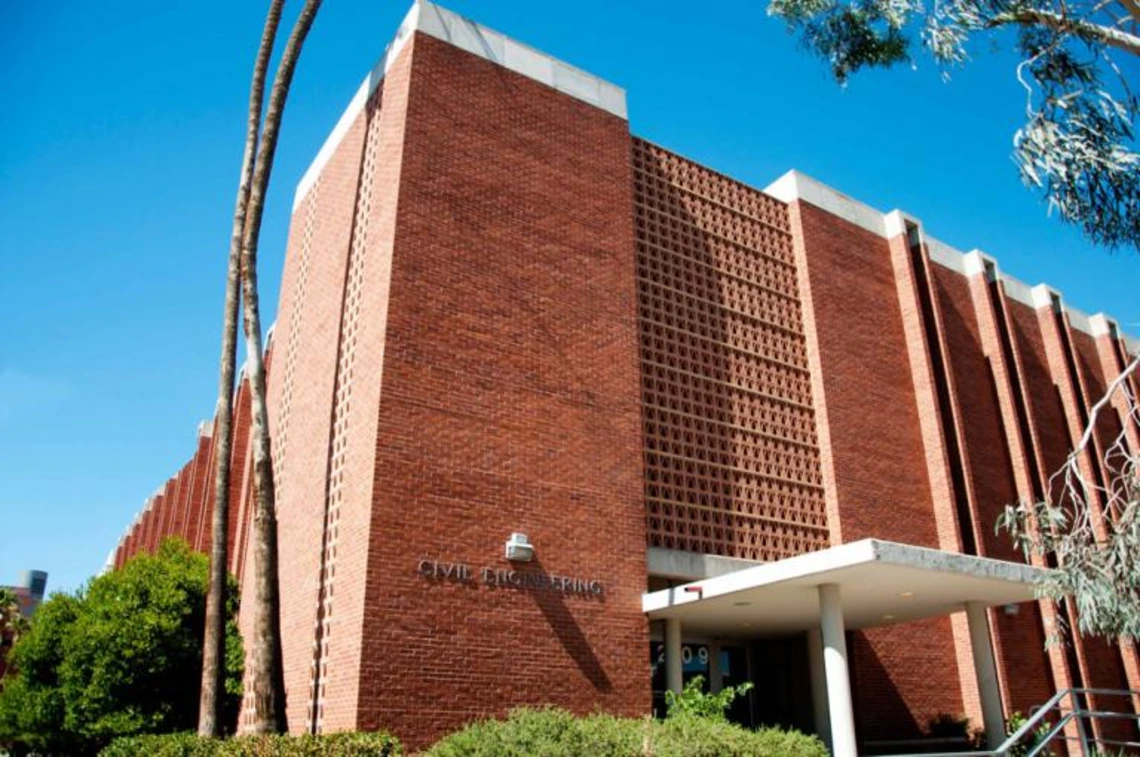City of Tucson, UA develop system to help with traffic signal timing

Article from KGUN9 News website.
TUCSON (KGUN9-TV) - It's a problem that plagues thousands of Tucson drivers: trying to get from one side of town to the other during rush hour traffic and hitting nothing but red lights.
"I don't drive on Speedway if I don't have to," said Tucson driver Maryann Webb.
But less drive time may be in your future.
"I'd like to see a change," said Tucson driver Justin McNeill. "I think that'd be great. I think everyone would."
The City of Tucson has teamed up with University of Arizona engineers to try and make your commute faster and you're actually helping them do it.
9OYS met with City of Tucson Transportation Director Daryl Cole to first understand how traffic timing works in the city.
"It's really pretty practical," said Cole. "And it's all about how much traffic do you have coming through at any one time."
He says the goal is to get drivers through as many green lights as possible.
"On Speedway for instance, that's going to be a major thoroughfare," said Cole. "All the side streets will be a secondary movement, so you're usually going to give more time to those movements especially the through movements, and then you allow enough time for those left turn movements to get through...so in a large intersection you might have as much as 80 seconds all the way around. So if you stop right at the red it may be 80 seconds until you get around."
Optical sensors on the top of most intersections help judge traffic flow and may borrow time from a secondary street if traffic on a primary street starts backing up.
Cole says the city usually makes adjustments to traffic signals on a three year cycle, but through a partnership with the UA, traffic engineers might begin adjusting signals a lot more often.
"Signal timing has to be adjusted based on the demand," said Yao-Jan Wu, an Assistant Professor of Civil Engineering at the UA, who is leading this project that's funded by the city and the Pima Association of Governments.
He says they've developed a cost effective way to help engineers know when adjustments need to be made.
"What we did, we put a small mini PC and also the Bluetooth adapter," he said. "This Bluetooth adapter collects all the mac addresses on all personal devices anonymously, so we don't know who you are."
They installed the Bluetooth adapters at every intersection on Speedway from Euclid to Harrison. Each device costs about $200.
By collecting the anonymous mac addresses, Wu says they can see how long it takes a driver to get from point A to point B and if that time seems too long, the city can then go in and adjust the traffic signals.
"We're hoping to use this data pretty much on an everyday basis, implementing the changes if need be," said Simon Ramos, an engineering associate with the City of Tucson. "For example, if Speedway seems to be a little hectic on an average Wednesday...we can actually implement the changes and foresee any problems in the future."
Realistically though, how long does it take to get across town using Speedway at its busiest hours? 9OYS tested it starting at Harrison Road just before noon. We drove all the way to Stone Avenue in 26 minutes and 28 seconds.
Heading back the other direction we drove through Stone Avenue right before 3 p.m. and made it to Harrison Road in 29 minutes and 57 seconds, three minutes and 29 seconds longer than during lunch.
Now for the real test: trying to get across town during the evening rush hour. Starting at 5 p.m., we drove from Stone to Harrison in 34 minutes and 15 seconds. That's only four minutes and 18 seconds longer than at 3 p.m.
Preliminary data from Wu and his students show that certain days of the week or month see a higher level of traffic as well. They put together a graph that shows traffic on Speedway Boulevard from 5 a.m. to 10 p.m. last February. Red lines shows congested traffic while green lines show smooth traffic. When the graph stops on February 14, there's a major change.
"As we know, it's Valentine's day," said Wu. "Looks like people are busy shopping at noon."
Depending on funding, the city and the UA hope to install the Bluetooth devices on other major roads as well. They are still developing the system and software and plan to have the project completed this summer. That's when drivers may start seeing some real changes based on this data.
"It's really really challenging for the city to make everyone happy," said Wu. "But what they can do best is develop more adaptive signal timing."
